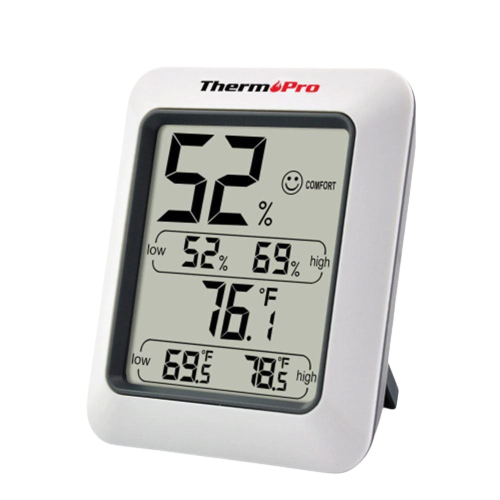My Cart
Loading your cart...
Your cart is empty
Congrats!
You've qualified for free shipping!
Nearly there!
Loading your cart...
Your cart is empty
Congrats!
You've qualified for free shipping!
Nearly there!
Google Reviews
5 | 89% | |
4 | 7% | |
3 | 1% | |
2 | 1% | |
1 | 2% |
Easy purchase, had tried the plane/travel neck pillow before from a friend who had one. Found it worked for me. Bought it, it was shipped with no issues, and arrived exactly as described and expected.
Excellent and comfortable
Product was posted immediately and well packaged. Pleased with the quality and price.
I ordered a soft pillow. It was perfect. Non allergenic and exactly as described.
I bought a Phillips air purifier and it worked perfectly, the platform was easy and the team is absolutely a pleasure to talk to. Well done guys. By the way, they are. So good that I purchased another one for the office
A Dehumidifier decreases the humidity (moisture) in a room. By reducing condensation and damp they help prevent mould & mildew, and dust mite activity - which can help people with breathing, sinus and skin problems.

|
Our dehumidifier range includes brands that have a track record of reliability and performance including: Ionmax and Philips.
In summer a dehumidifier prevents those hot sticky nights and will help you get to sleep and remain asleep
In winter a dehumidifier prevents condensation, the growth of mould and mildew and their associated health complications.
Read our customer's dehumidifier reviews for each model and hear what results they have experienced.
We provide fast dehumidifier delivery Australia wide including: Melbourne, Sydney, Central Coast, Brisbane, Gold Coast, Cairns, Perth, Adelaide, Canberra, and Hobart as well as all other metro and urban areas.
Sleep Solutions is NDIS Registered and Approved
A dehumidifier is a machine that takes moisture, or water, out of the air. It does this by using a fan to pull in the damp air from the room. This damp air then touches cold metal coils inside the dehumidifier.
Just like how water droplets form on the outside of a cold drink, the water in the air turns into liquid when it touches the cold coils. This water then collects into a bucket or pan that is inside the dehumidifier.
At the same time, the air, which is now much less damp, is made warm again and sent back into the room. The machine keeps doing this until the room has less moisture in the air. By taking moisture out of the air, a dehumidifier helps to make a room more comfortable and reduces the chance of mold growing.
A dehumidifier is used to control and reduce the level of humidity in the air, typically for health or comfort reasons, or to prevent the growth of mildew and mold. High levels of humidity can lead to discomfort, particularly in warmer seasons, and may contribute to allergies and respiratory conditions.
You may want to use a dehumidifier in the following situations:
The size of the dehumidifier you need relies on two factors: the size of the space you want to dehumidify and the extent of dampness in that space. A compact, portable dehumidifier could be suitable for a small bedroom or an office, but a larger space like a spacious basement or a whole house would demand a larger unit. Usually, dehumidifiers are rated by how many litres of water they can remove from the air in a 24-hour period or the coverage are in square meters.
To measure the size of a room:
This gives you the area of the room in square meters. eg 5m x 4m = 20m2
For slightly damp rooms you can select a dehumidifier a suitable coverage area. The larger the room the larger capacity unit you need. However if the room is very damp, emits a very musty odour, or visibly mouldy, a larger capacity unit may be needed.
A dehumidifier and a humidifier are both household appliances designed to regulate the humidity levels within a space, but they serve opposite functions. Understanding the difference between the two is essential for ensuring a comfortable and healthy living environment, especially in regions with extreme moisture levels or during certain seasons.
Here's a breakdown of their primary differences:
When deciding between a dehumidifier and a humidifier, it's crucial to assess the needs of your living environment. Monitoring the humidity levels and understanding the benefits of each appliance will guide you in making an informed decision for the health and comfort of your home's occupants.
Dehumidifiers are essential appliances designed to reduce and regulate humidity levels within spaces, promoting healthier living conditions. Depending on the method of extraction and the environment in which they're utilised, there are several types of dehumidifiers available on the market.
Here's an overview of the main types of dehumidifiers:
When selecting a dehumidifier, consider the size of the area, the average temperature and humidity levels, and the primary reason for dehumidification. This will ensure you choose a unit that effectively meets your needs.